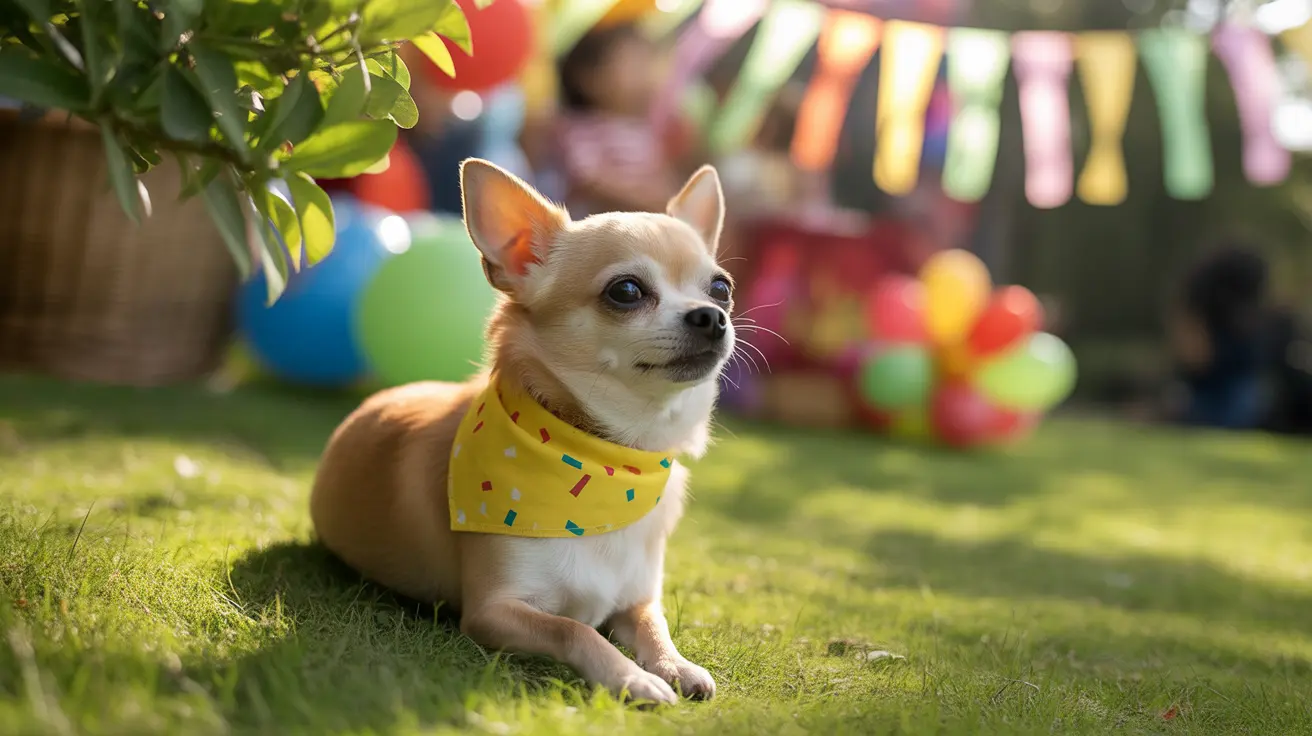Do Dogs Prefer Smaller or Larger Crates? Finding the Right Fit
Crate training is a valuable tool for dog owners, promoting safety and comfort while tapping into a dog’s natural instinct to seek out cozy, den-like environments. But when it comes to size, dog owners often ask: do dogs prefer smaller or larger crates? The answer lies in understanding your dog’s needs and following some essential sizing guidelines.
Understanding a Dog’s Instinct
Dogs, descended from den-dwelling animals, often feel secure in compact, enclosed spaces. These environments offer protection and a place to decompress from stress, noise, and other stimuli. However, this doesn’t mean that a crate should be uncomfortably tight. A properly sized crate offers den-like security while allowing the dog enough room to relax.
Key Features of a Properly Sized Crate
When determining crate size, consider the following:
- Standing room: Your dog should be able to stand with ease inside the crate without crouching.
- Turning space: The crate should allow your dog to turn around comfortably.
- Stretching space: When lying on their side, the dog should be able to fully extend their legs.
Too small a crate can cause discomfort and distress, while one that's too large—especially for puppies—can lead to house training issues, as dogs may designate one side for sleeping and the other for relieving themselves.
How to Measure Your Dog
Rather than choosing based on weight or breed alone, measure your dog:
- Length: Measure from the tip of the nose to the base of the tail. Add 2–4 inches.
- Height: Measure from the ground to the top of the head or ears. Add 2–4 inches.
Adjust for bedding or crate mats, which add height and reduce usable space. This method ensures personalized comfort based on individual dog dimensions.
Adult Dogs vs. Puppies
For puppies, a crate with a divider is often the best option. This allows owners to purchase a crate that fits the expected adult size and reduce the internal space initially. As the puppy grows, the divider can be moved to accommodate their increasing size. This approach helps with house-training by preventing the use of one side for sleeping and the other for toileting.
For adult dogs, a properly sized crate should match their full-grown measurements, offering enough space for comfort without being excessively large.
Crate Types and Their Impact
Selecting the right crate type also contributes to comfort:
- Wire crates: Foldable, well-ventilated, and often feature dividers. Can be covered to create a den-like space.
- Plastic crates: Durable with solid walls. Ideal for travel and containment.
- Soft-sided crates: Lightweight and portable, better for short-term or small dogs.
- Wood crates: Aesthetic-friendly for home use, but less portable and harder to clean.
Sizing Chart Example
Use typical breed-specific dimensions to guide selection:
- 24"x18"x20": For dogs up to 25 lbs; e.g., Shih Tzu, Havanese.
- 36"x24"x26": For dogs up to 70 lbs; e.g., Pit Bull, Aussie Cattle Dog.
- 48"x30"x32": For dogs over 90 lbs; e.g., Rottweilers, German Shepherds.
Always use measurements for accuracy, as breed and weight do not account for body shape and length variations.
Purpose Matters
Consider how and when the crate will be used:
- For travel: A slightly smaller crate may be suitable.
- For extended home use: Ensure enough room for long-term comfort and mobility within the crate.
Comfort Accessories
Adding soft but durable mats or beds can make crates cozier, though they do take up space. Choose accessories based on your dog’s tendency to chew or soil materials. Washable and removable options are ideal.
Final Tips
- Observe your dog’s behavior in the crate. Signs of distress may indicate a sizing or environmental issue.
- Balance crate time with regular walks, play, and interaction.
- A crate should always be a positive experience, not a punishment.
In conclusion, dogs prefer crates that are appropriately sized to their body—not too tight nor too spacious—providing safety, comfort, and efficiency in training and daily use. With proper measurements, thoughtful selection of crate type and accessories, and a dedication to your dog’s comfort, the crate will serve as a valuable sanctuary for years to come.





